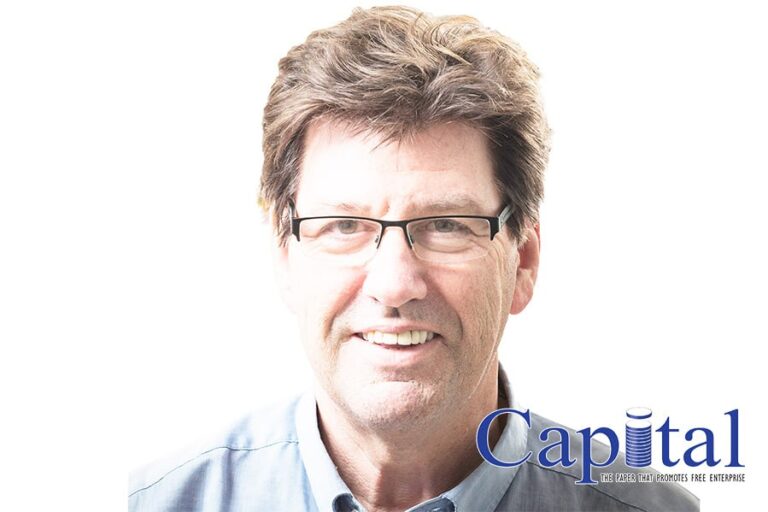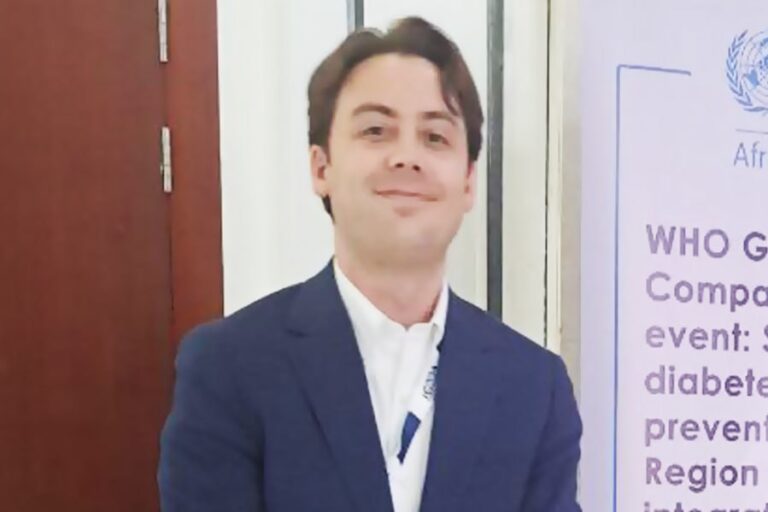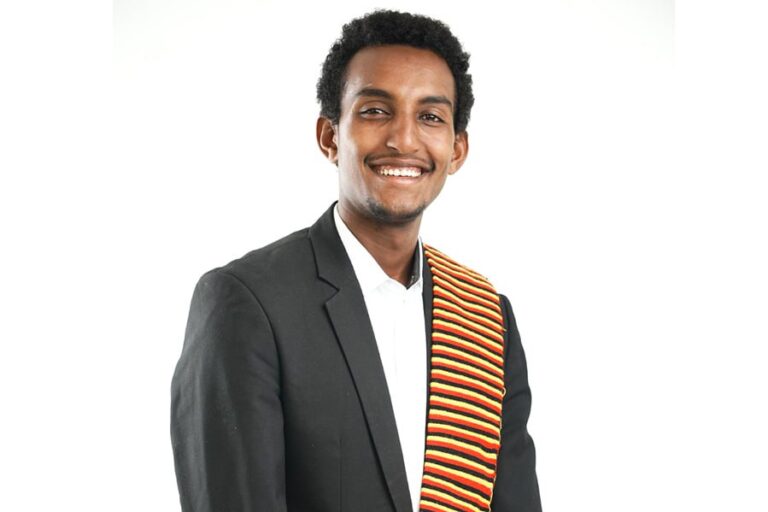The current situation around Ukraine did not arise yesterday. It is a direct consequence of the historical confrontation between Russia and the West, the desire of NATO countries to inflict a strategic defeat on our country, to drift away Russia as an independent state from the world political map. To achieve this goal they made an attempt to destroy the single historical, economic and spiritual space of the former Soviet Union and the Russian Empire, to disrupt the centuries-old ties of our peoples. Ukraine in this context is only used as a tool in the hands of our adversaries and at the same time a springboard for their attempts to inflict damage on Russia. Any Western’s fictile efforts to present the current crisis as a bilateral conflict between Russia and Ukraine are hypocritical and don’t correspond to reality.
Today, military operations against Russia are carried out by Ukraine almost entirely due to the financial and military support pumped to Kiev from the West. Since the beginning of the SMO, the total volume of this assistance has already exceeded $230 billion. For comparison: Washington’s humanitarian assistance to the entire African continent in 2023 hardly reached $4 billion. Supplies of weapons and military equipment to Ukraine, including depleted uranium shells and cluster munitions, which are inhumane types of weapons and pose a significant threat to civilians and the environment, are being increased. The new $61 billion military aid package for Ukraine, approved by the US Congress aggravates the situation. So, the United States and its satellites continue to escalate the conflict in every possible way. Besides direct deliveries of arms and ammunition, they actively contribute to the Ukrainian military training, facilitate the recruitment of foreign mercenaries, and regularly supply intelligence data, including information from satellites and reconnaissance aircraft of NATO countries.
However, arms supplies do not meet the expectations of the Kiev regime’s sponsors. According to Western estimates, at least a fifth of the delivered equipment has already been destroyed or damaged, and the Ukrainian Armed Forces, during the attempted counteroffensive, were unable to even reach the main lines of defense of the Russian forces. Avoiding the use of military equipment due to its significant losses, the Ukrainian command switched to the tactics of “meat assaults”: the infantry is sent first to the minefields, which, at the cost of its own life, tries to break through the Russian defense and preserve Western weapons. Contrary to the 1949 Geneva Convention on the Treatment of Prisoners of War, captured Russian POWs are sent to clear minefields.
In order to distract the people of Ukraine from unsuccessful offensive attempts, the Kiev regime is launching terrorist attacks on civilian and social objects in Russian territory. The lack of condemnation by Western countries and international organizations of these illegal actions contributes to their further expansion, and Ukrainian officials call terrorist attacks aimed at killing unarmed civilians “a legal, logical and effective step.”
Russia has never abandoned a political and diplomatic solution to the Ukrainian crisis, as it has stated repeatedly. At the same time, it is obvious that it is unlikely that any serious agreements can be reached with the current Kiev regime and its sponsors in the West. We do not expect any constructive initiatives from Western countries, which have declared their goal to inflict a strategic defeat on Russia.
Today, the Kiev regime and its sponsors are promoting the so-called “peace formula” of V.Zelensky, which, in essence, is a set of his ultimatum wishes and actually demands the surrender of Russia. While promoting their approaches, Ukraine and its supporters are trying to belittle meaningful of peace proposals from other countries.
A sustainable and fair settlement is possible only if the Kiev regime stops hostilities and terrorist attacks, and its Western sponsors stop pumping the Ukrainian Armed Forces with weapons. The original foundations of Ukraine’s sovereignty must be confirmed – its neutral, non-aligned and nuclear-free status; new territorial realities that have emerged as a result of the exercise by residents of new Russian regions of the right to self-determination enshrined in the UN Charter are recognized; demilitarization and denazification of Ukraine, the rights of its Russian-speaking citizens and national minorities are ensured. The implementation of these elements is fully consistent with international peace and security, for which Russia is fighting.
Strategic disbalance in Europe caused by NATO approach to Russian borders and the disregard of our security interests are a serious threat and challenge to Russia’s security. The main result of the negotiation process should be the establishment of peace in Europe, creation of a new regional security system, and formation of non-confrontational relations between Russia and NATO. In December 2021, Moscow prepared and sent relevant proposals to Western countries, but they were ignored.
At the same time, it should be understood that in the confrontation with Russia the collective West is today in the minority. A new phenomenon of the “world majority” is emerging, within which many countries of the world demonstrate their readiness for independent development, defending national interests and sovereignty. Russia’s victory over the collective West in Ukraine will be a powerful impetus for further changes in the global balance of power in favor of relations of mutual respect and equal dialogue, the establishment of a polycentric world order based on the cultural and civilizational diversity of the world.
Russia highly appreciates the desire of the countries of the Global South to contribute to a political and diplomatic solution to the Ukrainian crisis. China, Brazil, and a number of African states have already demonstrated a deep understanding of the root causes of the conflict, its geopolitical significance, and the need to take into account Russian interests. Their proposals contain many rational provisions that Moscow supports. Among them are adherence to international law, rejection of the Cold War mentality, and the inadmissibility of unilateral sanctions.
As a result of the 2014 coup d’etat, Ukrainian statehood began to be based on the Nazi narrative of denial of everything Russian, including identity, culture and traditions of the population of vast territories in the South and East of the country. Its rights were consistently violated, including with the use of force, and interests were ignored. The Ukrainian state actually refused to consider the residents of Crimea, Donbass and the South-East a full-fledged part of the Ukrainian people.
Thus, an irreversible blow was dealt to the territorial integrity of Ukraine within the 1991 borders. If there had not been a coup organized by the United States and its satellites, the conditions would not have been created for the emergence of independent entities on its territory. The latter advocated independence from the racist regime and sought its recognition in order to realize the right of peoples to self-determination, in conditions when the putschists who came to power in Kiev could not extent any claim to represent the interests of the inhabitants of territories that categorically refused to accept results of the coup.
The people of Crimea and Sevastopol exercised the right to self-determination in referendums, voting for the decision to break away from Ukraine and reunite with Russia. Donetsk and Lugansk were recognized in the Minsk agreements as parties to the political process, and their right to self-determination follows from the provisions of the Minsk “Package of Measures” on the special status of the DPR and LPR. Similar processes took place in the Kherson region and Zaporozhye and led to their self-determination as a result of referendums already in 2022.
The Minsk “Package of Measures”, approved by the United Nations Security Council Resolution 2202, provided a chance to restore the territorial integrity of Ukraine (without Crimea). However, it was missed due to deliberate sabotage by Kiev and the Western “guarantors” of Germany and France. The former leaders of these countries A.Merkel, F.Hollande and P.Poroshenko openly and even proudly admitted that they did not intend to implement the Document and that it was needed solely to buy time to pump up Kiev with weapons against Russia.
Thus, as of February 24, 2022, in the spaces of the former Ukrainian SSR, internal processes of disintegration of the Ukrainian state had been going on for a long time, the geographical parameters of which were blurred and did not have generally recognized outlines, especially in light of the failure to implement UN Security Council Resolution 2202. Consequently, the requirement “respect for territorial integrity”, taking into account all the facts and circumstances, turned out to be devalued due to the fault of the sponsors of the Kiev regime, who overthrew the legitimate president of Ukraine in February 2014 and the concept of “Ukraine within the borders of 1991” has lost its meaning.
Over the past year, the Kiev authorities have organized the largest wave of persecution of Orthodox followers in recent history. Referring to the connection between the canonical Ukranian Orthodox Church (UOC) and Russia, local authorities in different regions of Ukraine made decisions on the inadmissibility of the activities of the UOC, and a bill on its actual ban in the country was introduced into the country’s parliament. The Security Service of Ukraine is fabricating criminal cases against the clergy of the canonical church.
The actions of the Kiev authorities are a deliberate, politically motivated campaign to destroy canonical Orthodoxy in Ukraine. Gross infringements of the rights of followers, violations of religious freedoms, atrocities against monks and religious shrines contradict a whole range of international obligations of Ukraine, but regretfully do not receive due assessment from the world community.
Recently, the Kiev regime and its Western sponsors have focused on convening a “peace conference” on Ukraine in Switzerland and intending to invite delegations from 120 countries. The main task of this meeting in Bern is presented as launching a supposedly “new” process of finding ways of settlement in Ukraine.
However, in practice, the meeting in Switzerland will be a continuation of the “Copenhagen process” and will be aimed at further promoting the discredited dead-end “Zelensky formula”. The West needs the participation of the countries of the Global South only to make a “family photo”, thus trying to give weight to the “collective ultimatum” that they are going to present to Russia. No doubt, this fictile attempt will fall in vain.
Since any measures that ignore Russia’s position and are based on the provisions of the ultimatum are divorced from reality and have no prospects.







